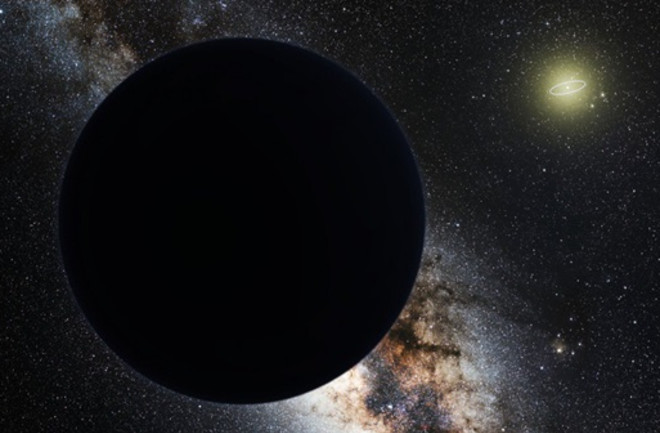Something strange may be lurking in the outer solar system. The odd orbits of distant space rocks suggest there’s a giant, elusive world dubbed Planet Nine waiting out there to be discovered. But now, in a new research paper, a team of scientists suggest something far stranger may be influencing the orbits of these distant worlds. These astronomers say our solar system may be home to one of the earliest black holes in the universe: a primordial black hole.
The Planet Nine Hypothesis
Over the past few years, astronomers have uncovered about a dozen objects in the distant solar system that defy expectations. In addition to a few other odd attributes, this special subset of icy objects orbiting past Neptune, dubbed Trans-Neptunian Objects, or TNOs, all make their closest approaches to the Sun at about the same spot in space.

